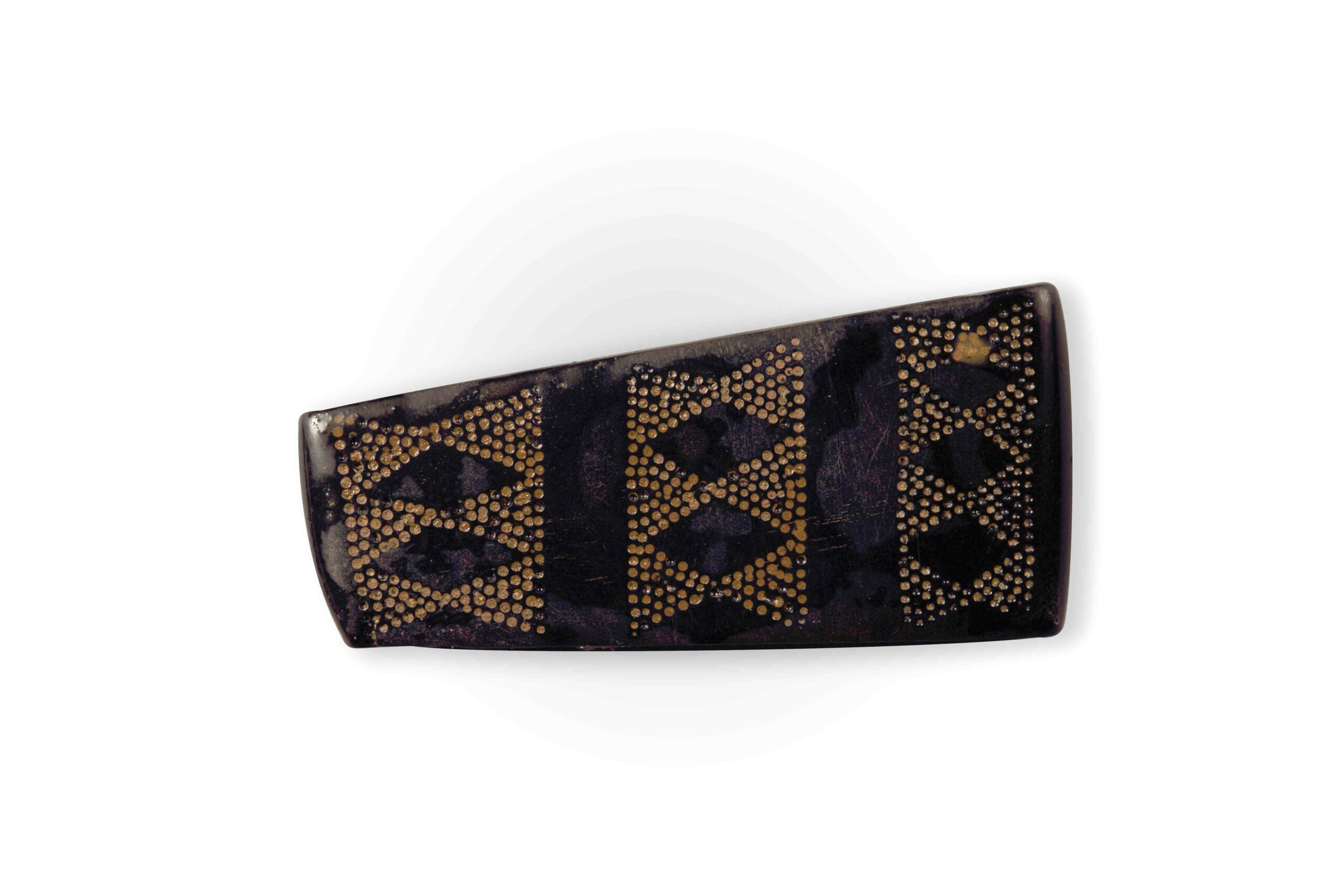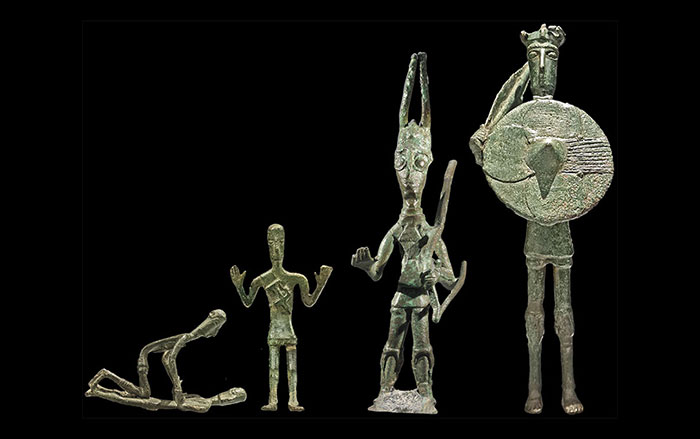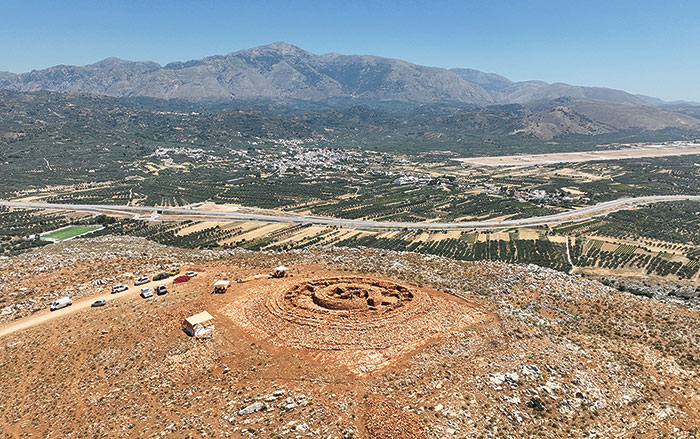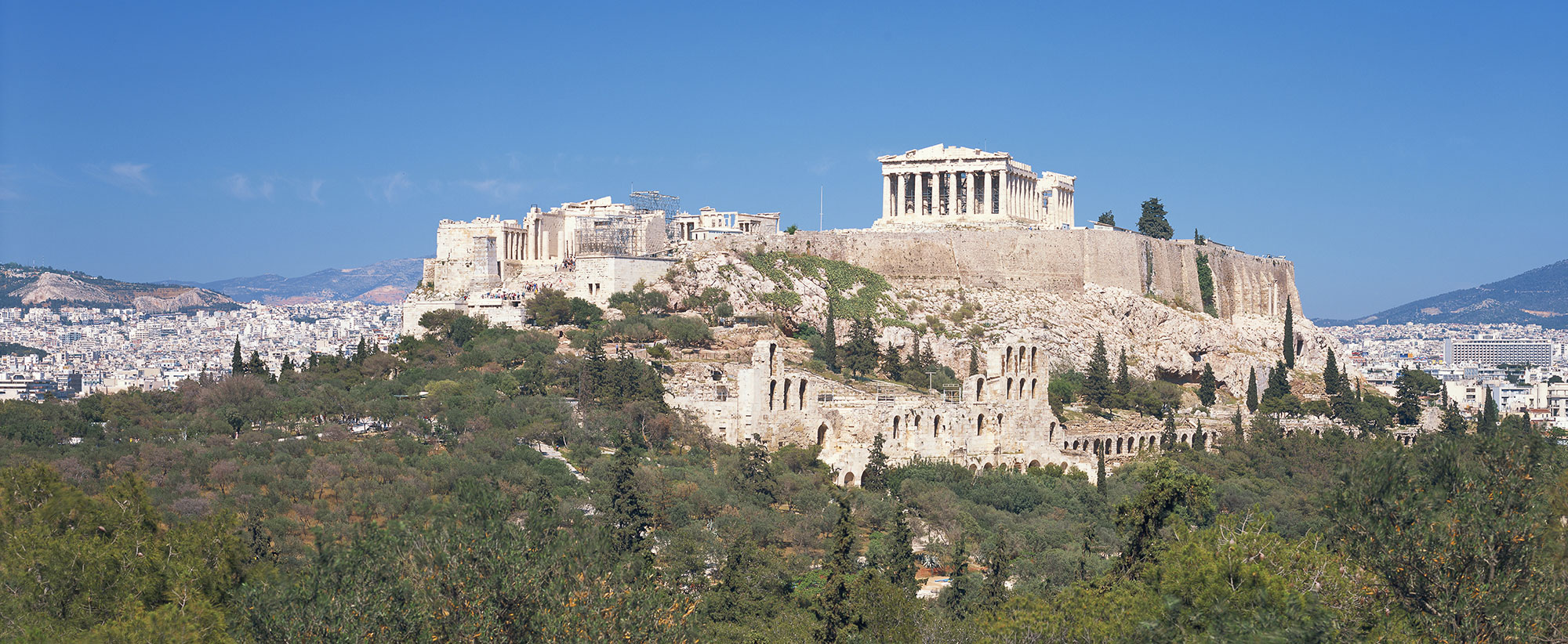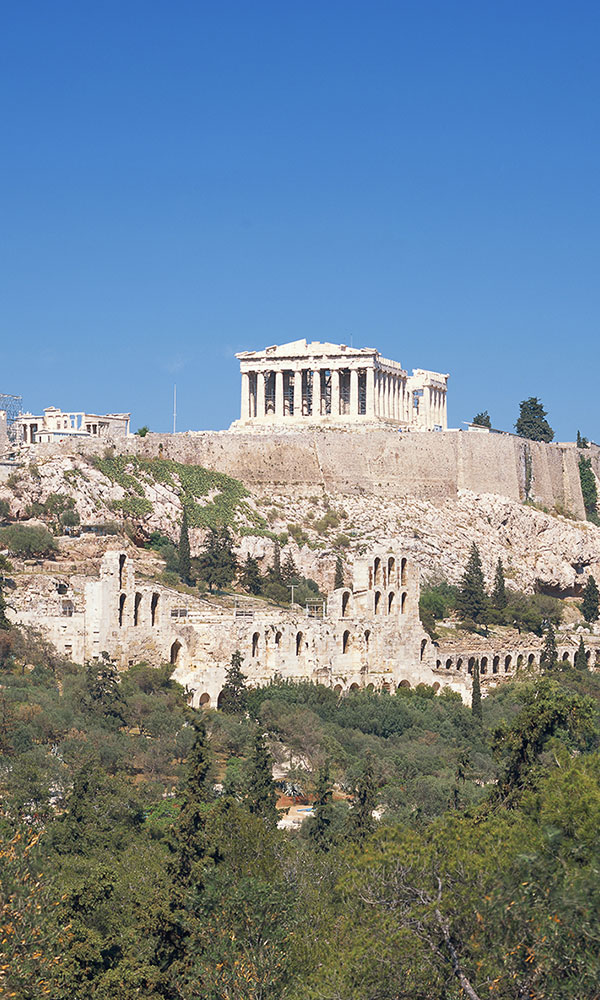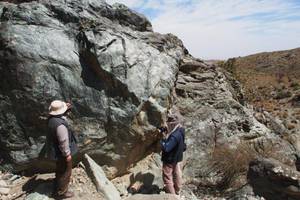
TÜBINGEN, GERMANY—A team of German and Iranian researchers announced that they have found the source of the diorite and gabbro used to carve statues of Mesopotamian rulers some 4,000 years ago in the Iranian province of Kerman. They also discovered deposits of chlorite, which was used to make vessels that have been found in Mesopotamia and the Levant. Early Bronze Age settlements of the Jiroft Culture were found close to the raw materials. “This shows that the civilizations of Mesopotamia and southeastern Iran were in direct contact in the Early Bronze Age. The Persian Gulf most likely served as a trade route,” Peter Pfälzner of the University of Tübingen’s Institute for Ancient Near Eastern Studies said in a press release. Pfälzner and Nader Soleimani of the Iranian Center of Archaeological Research are also looking for overland trade routes with aerial photography. So far they have spotted 42 possible settlements along what may have been roads linking the mountains to the coast of the Persian Gulf. To read in depth about trade in Bronze Age in Iran, go to "The World in Between."


